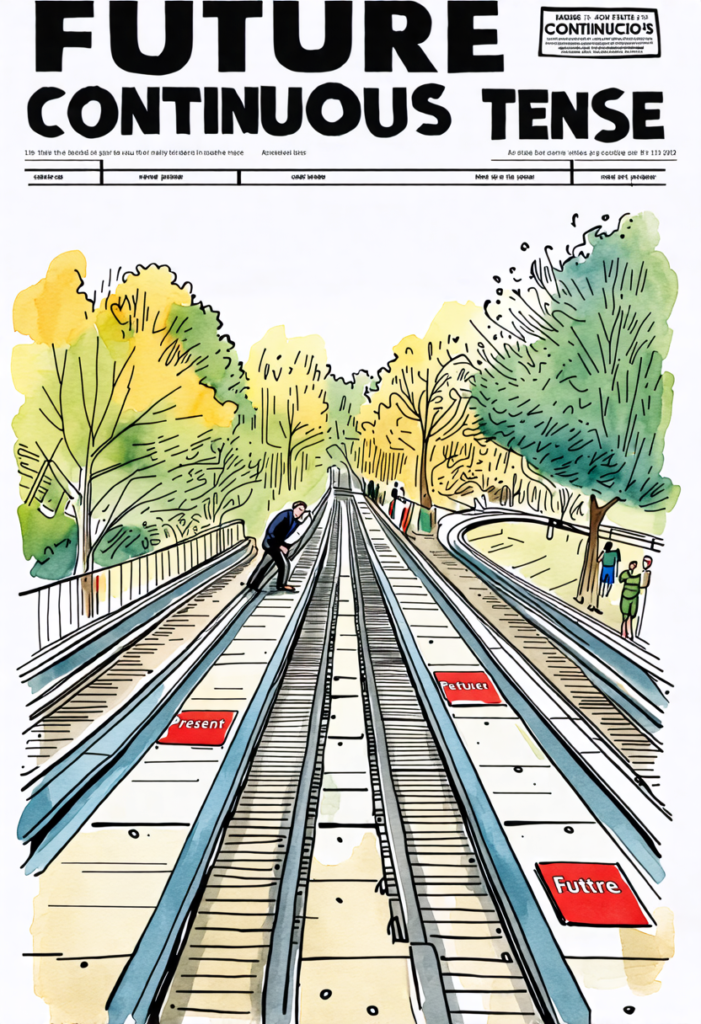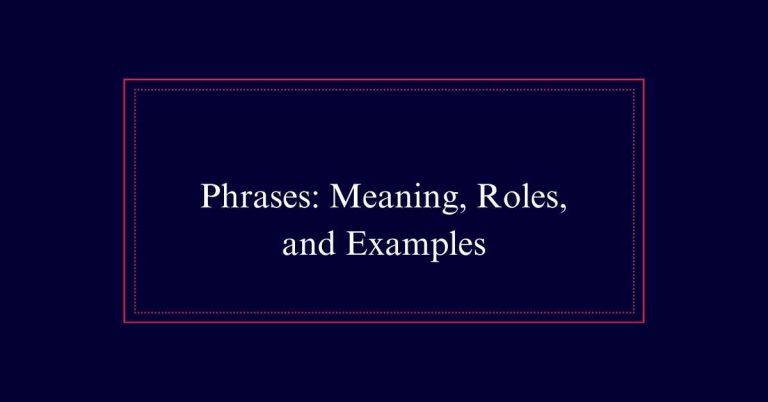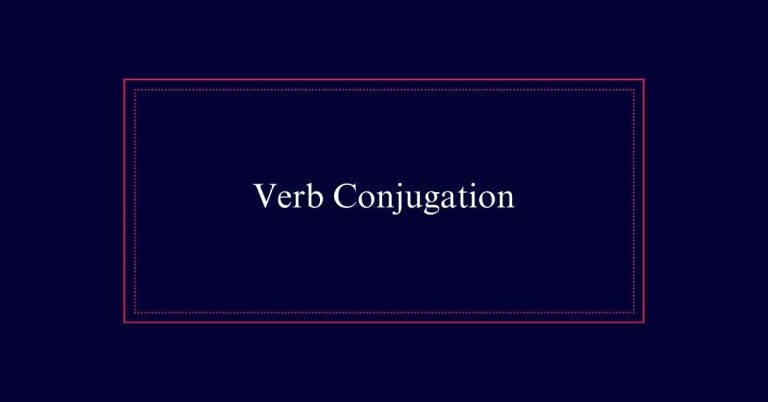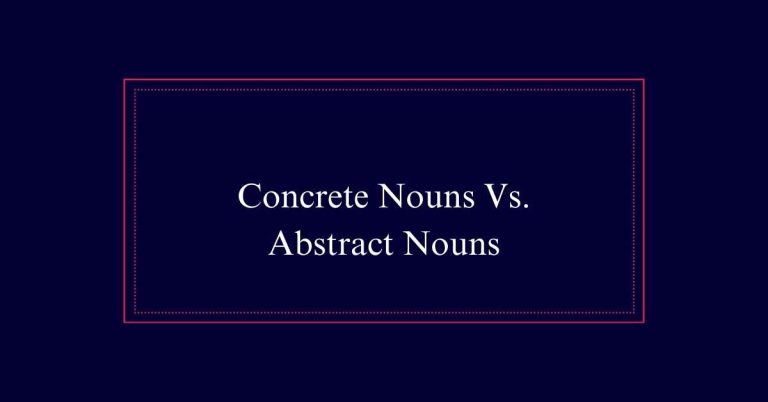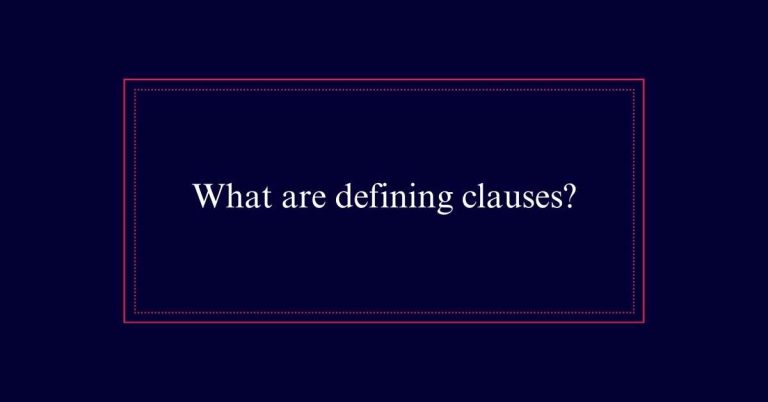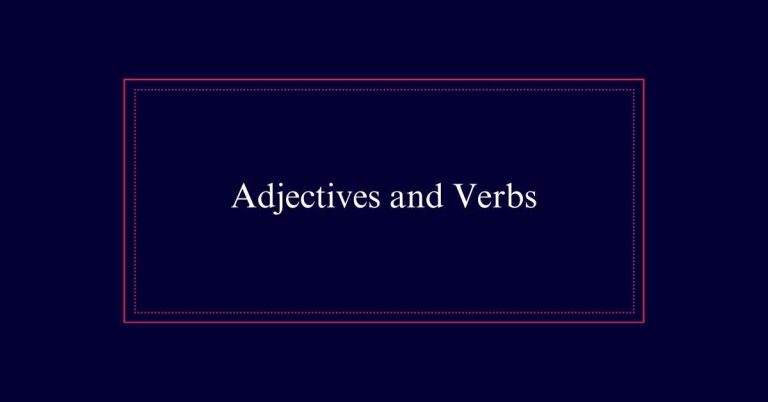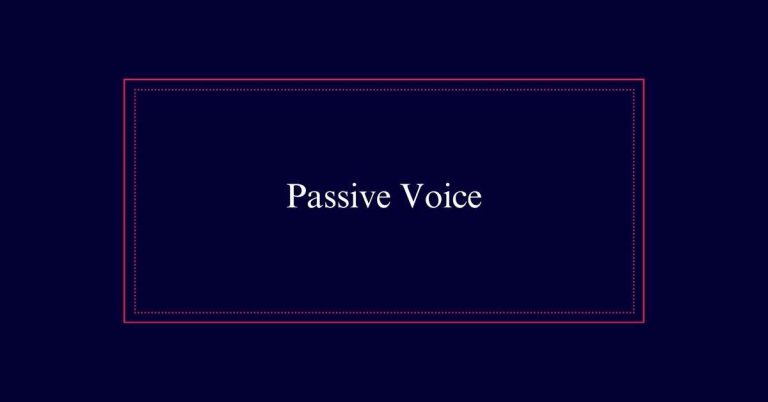How to use the future continuous tense?
The Future Continuous Tense is used to describe actions that will be ongoing at a specific future time. To form it, use ‘will be’ followed by a present participle (verb+ing). For example: “She will be studying at 8 PM.” For negative sentences, insert ‘not’ between ‘will’ and ‘be’: “She will not be studying at 8 PM.” Questions are formed by placing the subject after ‘will’: “Will she be studying at 8 PM?”
Definition of Future Continuous
Defining the future continuous tense involves understanding its role in expressing ongoing actions that will occur at a specific time in the future. It is the future counterpart of the present continuous tense.
This tense is particularly useful for describing actions that will be in progress at a certain future moment. For instance, saying ‘I will be working at 10 AM tomorrow’ indicates an action that will be ongoing at that specific time.
It also helps in depicting multiple future events happening simultaneously, such as ‘They will be traveling while we are working.’ Additionally, it is used to describe planned future events and likely hypothetical situations, making it distinct from the simple future tense.
Structure of Future Continuous
Understanding the role of the future continuous tense paves the way for examining its structure. This involves the use of ‘will’ followed by the present participle of the verb. This structure is straightforward and consistent. The verb ‘will’ serves as a modal auxiliary, indicating the future aspect. The present participle, formed by adding ‘-ing’ to the base verb, signifies the continuous action.
Importantly, this construction remains the same regardless of the subject. For instance, ‘I will be working’ and ‘They will be working’ follow the same pattern. No additional conjugations are required for different subjects.
Forming Affirmative Sentences
Affirmative sentences in the future continuous tense are formed by combining ‘will’ with the present participle of the verb. This tense indicates actions that will be ongoing at a specific time in the future.
For example, ‘She will be studying at 7 PM.’ Here, ‘will be’ precedes the present participle ‘studying.’ It is important to note that the structure remains the same regardless of the subject.
As a result, ‘I will be working,’ ‘They will be traveling,’ and ‘He will be jogging’ all follow this format. The use of ‘will’ makes sure that the verb does not need to be conjugated for different subjects, making it straightforward to construct affirmative sentences in the future continuous tense.
Creating Negative Sentences
To create negative sentences in the future continuous tense, insert ‘not’ between ‘will’ and the present participle of the verb. This structure is straightforward.
For example, ‘She will not be attending the meeting.’ The sentence indicates that the action will not occur at a future time. You do not need to change the form of the verb based on the subject. The formation remains consistent regardless of the person, number, or gender.
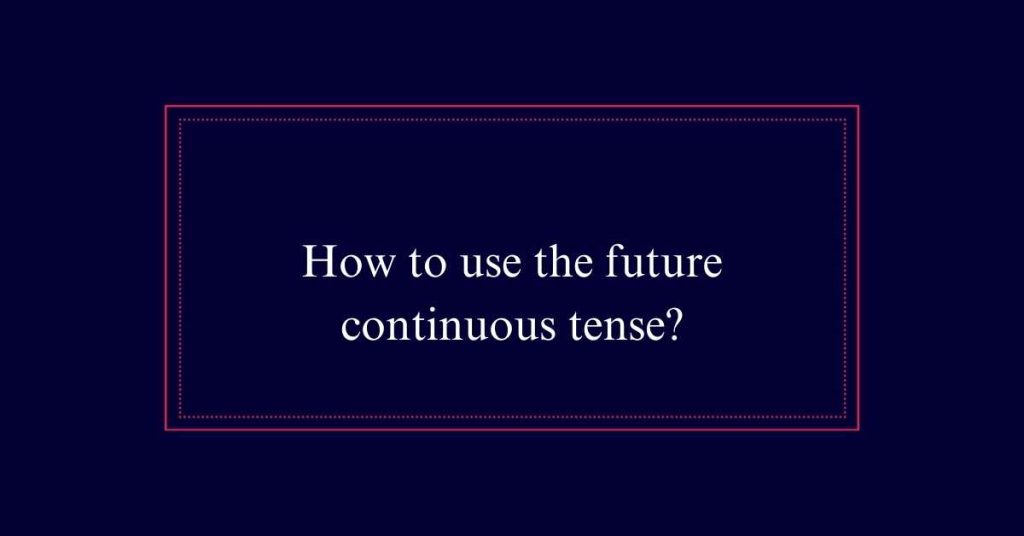
Another example is, ‘They will not be traveling next month.’ This method helps to clearly communicate that an anticipated ongoing action will not take place.
Using Contractions
After mastering the formation of negative sentences, it’s equally important to understand how to use contractions in the future continuous tense. Contractions simplify speech and writing, making communication more natural.
In positive sentences, contract the subject and ‘will’. For example, ‘I will be working’ becomes ‘I’ll be working.’ This helps make your sentences shorter and more fluent.
In negative sentences, ‘will not’ is contracted to ‘won’t’. For instance, ‘She will not be joining us’ changes to ‘She won’t be joining us.’
Asking Questions
When forming questions in the future continuous tense, place the subject after ‘will’. This structure is essential for maintaining proper syntax. For instance, ‘Will you be attending the meeting tomorrow?’ guarantees clarity and formality.
For negative questions, use the contraction ‘won’t’. An example is, ‘Won’t she be traveling next month?’ This format helps in confirming or clarifying future plans.
Questions in the future continuous tense are often used to inquire about ongoing actions at specific times. They can also probe into simultaneous future activities. Clear examples include, ‘Will they be working on the project next week?’ and ‘Will you be waiting for them at the station?’
Specific Time Descriptions
Describing future actions at specific times is a central use of the future continuous tense. This tense is ideal for indicating an ongoing action that will occur at a definite future moment. For example, ‘At 8 PM, I will be watching the game.’ Here, the action of watching the game is set at a specific time. It helps in planning and setting clear expectations.
To form sentences, use ‘will be’ followed by the verb’s present participle. It’s straightforward: ‘She will be attending the meeting at 10 AM.’ This structure provides clarity about future schedules or planned events.
Simultaneous Future Actions
The future continuous tense is useful for depicting multiple actions occurring simultaneously in the future. This tense allows us to describe events that will be happening at the same time.
For example, ‘At 9 PM tomorrow, I will be watching a movie while my friend will be reading a book.’ Both actions are set to occur concurrently. This helps in providing a clear picture of future scenarios where more than one activity is taking place.
Actions Interrupted by Others
Future continuous tense is useful for illustrating a future action that will be interrupted by another event. This tense is effective for showing how one activity will be ongoing when another occurs.
For example, ‘She will be reading a book when you arrive.’ The phrase ‘will be reading’ indicates an action in progress, while ‘when you arrive’ denotes the interruption. This structure helps clarify the sequence and timing of future events.
Another instance might be, ‘They will be having dinner when the news breaks.’ Here, ‘will be having’ describes the ongoing action, and ‘when the news breaks’ signifies the interruption.
Hypothetical Future Situations
When envisioning hypothetical future situations, the future continuous tense provides a framework to discuss likely scenarios with ongoing actions. This tense helps to outline events that may happen in the future and continue over a period.
For instance, saying ‘She will be studying when you arrive’ suggests a potential scenario where her studying extends into the future. This form is useful in planning and forecasting.
